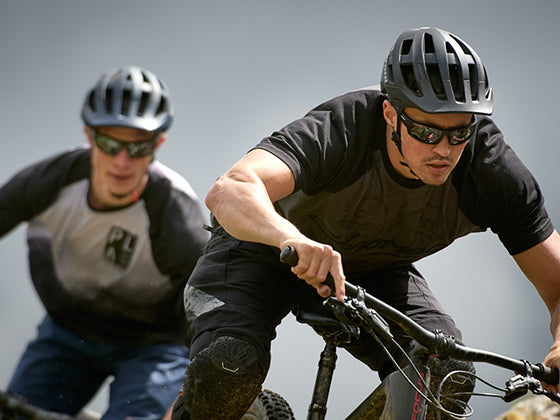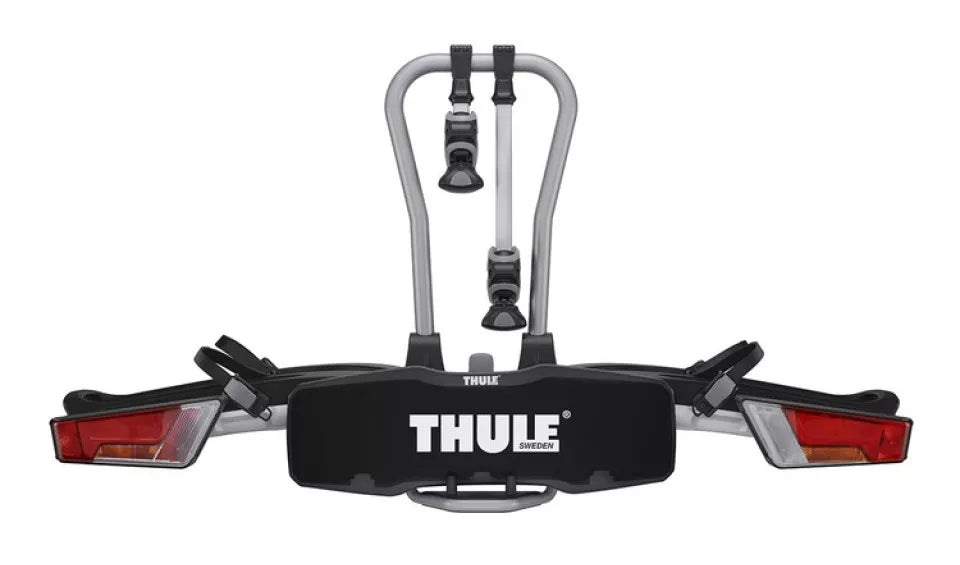It's one of the most common questions we get from customers, and the answer is always "it depends".
Your bike, its motor and the size of the battery are obviously important, but so are your weight, the level of power assistance you use, and the terrain you are riding on.
This was reinforced when I rode the Timber Trail with 2 business colleagues. We all rode exactly the same model KTM e-MTB, with the same motor and the same battery, over the same terrain. Yet after a day's riding, I was down to 1 bar of battery, while one colleague had (just) run out, and the other one still had 2 bars. The reason? One of those guys is a bit heavier than me, the other one a bit lighter - and that made a significant difference.
The same applies to terrain - if it's rougher or hillier that will tax the battery more than terrain which is smooth and flat.
And of course, electric bikes tend to come with 4 to 6 levels of assistance. Choosing a higher level of assistance will obviously deplete the battery faster than a low level.
So. coming back to the original question, there are three main factors that determine range - the bike itself, how you are using it, and you.
When you see a range quoted for one of our bikes we usually say "Up to 'x' km, depending on usage and conditions".
Usually the assumption around "up to" is a relatively light rider, on a relatively low level of assistance, on relatively flat and smooth terrain.
Not all e-bike companies are consistent in the way they quote range - some are very "theoretical" (i.e. they come up with numbers unlikely to be ever seen in the real world), so here are some useful tips for assessing what range you're actually likely to get:
- Look at the "watt hours" of the battery. This is basically the size of your fuel tank. Multiple the voltage of the bike (usually 36V or 48V) by the Amp hours (Ah) of the battery to get watt hours (Wh).
- As a general rule, about 15km per 100Wh of battery is possible for a relatively light rider on a relatively low level of assistance, on relatively flat and smooth terrain.
- An efficient mid-drive such as a Bosch with a low-powered "economy mode" might be able to do more than that, potentially around 25km per 100Wh.
- But...the range for a relatively heavy rider may be around 40% less than for a relatively light rider
- The range on hilly terrain may be around 15% less than on flat terrain
- The range on the highest power mode can sometimes be less than half of the lowest power mode
- The range at higher average speeds can be significantly lower than at lower average speeds (e.g. the difference between travelling at an average of 32kph vs 20kph can be around 30%).
- Then there are other factors like tyre inflation (firmer = more range) and how much pedalling effort you make (more effort = more range).
Bosch have a useful range assistant, which you can use to estimate range on bikes that use their system https://www.bosch-ebike.com/nz/service/range-assistant
The same principles apply to any system: because every bike, rider and set of conditions is different, never rely solely on the ranges that are quoted in the specifications. Instead, go to your e-bike store, and take a decent test ride, in the power setting you think you are likely to use, and that will give you a better idea. And of course, Electrify NZ does offer free test rides, so please come and see us and we'll be happy to help.
 STORE FINDER
STORE FINDER







